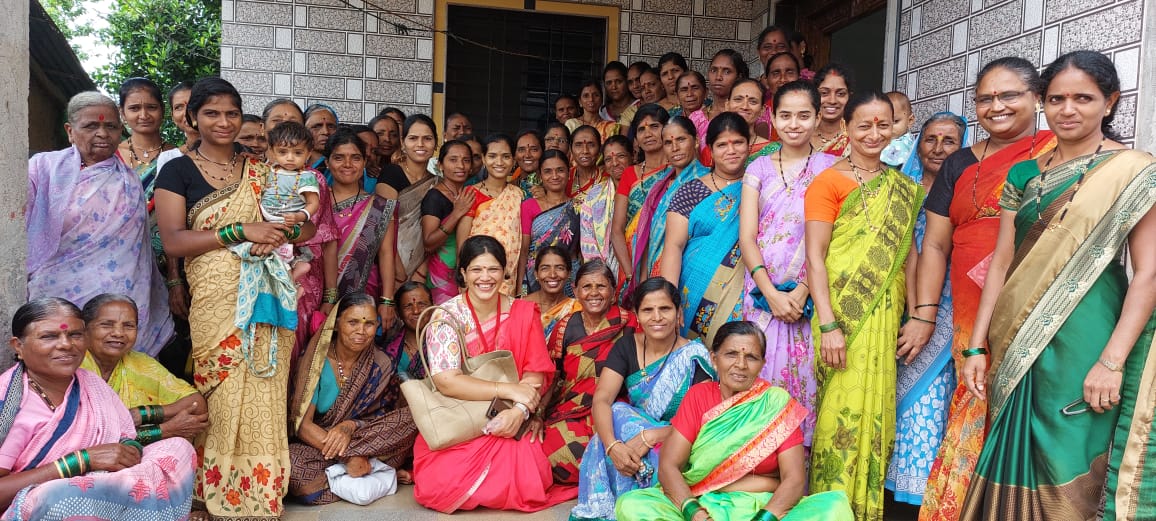Raising Awareness and Addressing Health Concerns
Menstrual Hygiene Day is observed annually on May 28 to emphasize the importance of good menstrual hygiene, ensure access to menstrual products for all, and break the stigmas associated with menstruation. The date is symbolic, representing the average length of a menstrual cycle 28 days and the typical duration of menstruation five days hence the 28th day of the fifth month.
The Need for Menstrual Hygiene Awareness
Menstruation is a natural biological process experienced by girls, women, transgender men, and non-binary individuals. Despite its universality, menstruation remains shrouded in stigma and misinformation, affecting the dignity and health of those who menstruate. Menstrual Hygiene Day seeks to change this narrative by promoting education, awareness, and access to safe menstrual products.
Health Concerns Linked to Modern Sanitary Products
In recent years, concerns have arisen regarding the exposure to dioxins and other harmful chemicals in sanitary products like tampons and pads. Investigations are ongoing to understand the relationship between the use of these products, which often contain super-absorbent polymers, and the prevalence of genital cancers.
Dioxins: A Hidden Danger
Dioxins are by-products of the bleaching process used in manufacturing many sanitary products. These chemicals can accumulate in the body and adversely affect women’s reproductive organs, potentially leading to cervical or ovarian cancer. As carcinogens, dioxins promote the formation of cancer-causing cells, posing significant health risks even at low levels of exposure.
Other Harmful Chemicals: Phthalates and VOCs
Plastic materials used in sanitary products may emit toxins such as phthalates and volatile organic compounds (VOCs). These toxins can be absorbed through the delicate vaginal skin and mucosa at rates 18–20 times higher than through oral mucosa. The exposure to these harmful substances can lead to various health issues, including endocrine disruption and reproductive health problems.
Advocating for Safer Alternatives
Given the health and environmental concerns associated with conventional sanitary products, there is a growing movement advocating for a return to safer, more traditional methods of menstrual hygiene management.
Benefits of Traditional Methods
Traditional methods, such as using cloth pads, are gaining popularity. When thoroughly cleaned with water, bioenzymes, and dried in the sun or a well-ventilated place, cloth pads pose no health risks and offer a sustainable alternative to disposable products. These methods not only reduce exposure to harmful chemicals but also address significant environmental issues by decreasing plastic waste.
Conclusion
Menstrual Hygiene Day serves as a crucial platform to educate and raise awareness about menstrual health. As we continue to understand the risks associated with modern sanitary products, it is essential to explore and promote safer, more sustainable alternatives. By doing so, we can protect the health of those who menstruate and contribute to a healthier, more informed society.
Switching to traditional methods and ensuring proper hygiene can mitigate health risks and environmental impact. It’s time to prioritize safe menstrual practices and break the silence and stigma surrounding menstruation for a better future.







